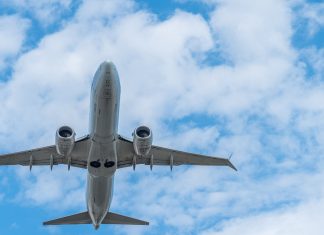As major hotel chains make a big push this year to increase the size of their loyalty programs through book-direct campaigns, they might take satisfaction in the fact that their programs grew at a healthy pace in 2015 but that presents a potential challenge — a large chunk of their rosters are inactive.
Major chains saw their numbers of loyalty program members in 2015 increase an estimated 13.1 percent to more than 344 million members compared with 2014.
But it’s likely that more than half of these memberships are inactive or lapsed, which generally means that a member hasn’t redeemed points or miles within the past year to 18 months.
For example, 25.5 percent, or 2.8 million, of La Quinta Returns’ 11 million members were considered active as of the end of 2015, a Securities and Exchange Commission filing states. And according to Wyndham, slightly less than half — or nearly 22 million — of its Wyndham Rewards members were active as of December 31, 2015.
InterContinental Hotels Group’s IHG Rewards Club is the world’s largest hotel loyalty program with more than 92 million members as of December 31, 2015. Marriott International’s Marriott Rewards and Starwood Hotels and Resorts’ Starwood Preferred Guest programs will eventually combine following completion of their merger in June, and the total membership of that new program would be around 75 million.
Most programs also showed double-digit increases in membership year-over-year, with Choice Hotels International’s Choice Privileges program seeing a 19 percent year-over year increase in 2015.
Last year, Hilton Worldwide’s Hilton HHonors program was among the largest programs when accounting for percentage of room nights booked. According to an annual filing from Hilton, members of its HHonors program accounted for 52 percent of room nights in 2015 and 50 percent in 2014, while both Marriott and Starwood’s programs were 50 percent of room nights for both years, and Hyatt Hotel Corp.’s Hyatt Gold Passport program made up 35 and 36 percent of room nights booking during 2015 and 2014, respectively.
Convincing consumers to join a loyalty program is only half the battle. Getting them to stay active and redeem their points is a challenge some brands aren’t having much success with.
That’s particularly true with airlines, as the International Air Transport Association estimates that as many as 80 percent of U.S. airline loyalty program members aren’t considered active members, says Kevin White, MasterCard’s vice president of global strategy and business development, who co-authored a report which examined consumer behavior and travel brands’ loyalty programs in 2016.
Confusion and frustration are among the top reasons why consumers leave or loyalty programs or see their memberships lapse. They aren’t sure how and when they can redeem points and some airline programs especially have tilted their programs toward elite members.

![Restaurant-overlooking-the-Bosphorus-at-night[1]](https://www.ttoscandinavia.com/wp-content/uploads/2016/05/Restaurant-overlooking-the-Bosphorus-at-night1.jpg)






















